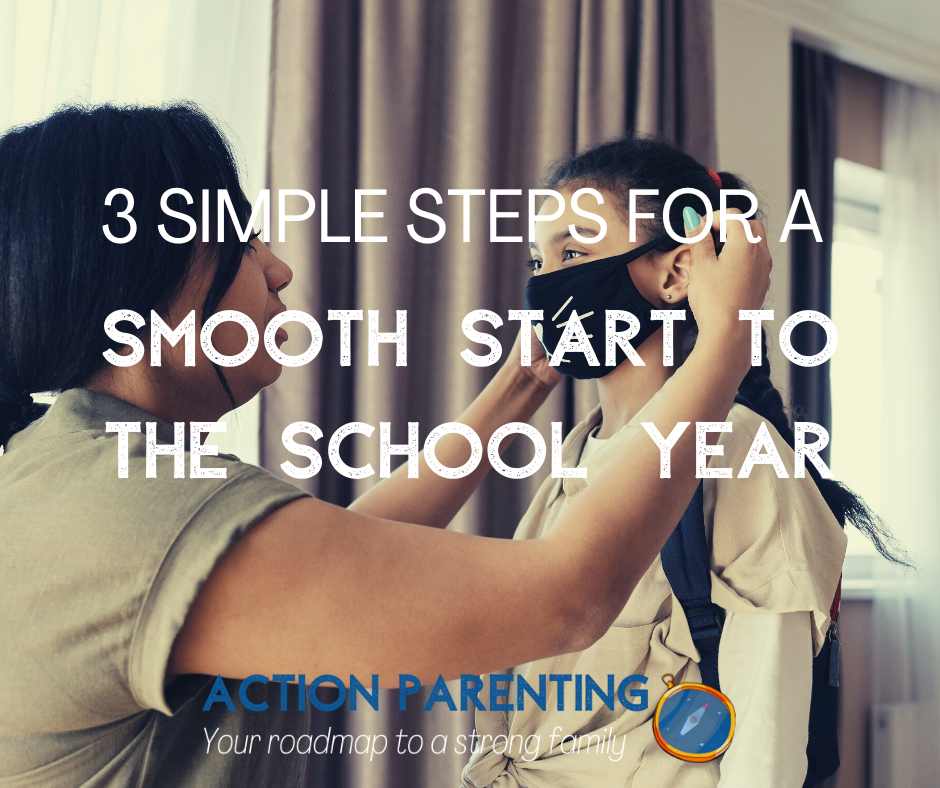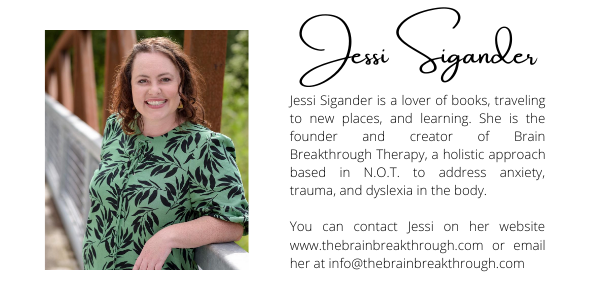The new school year is kicking off for some of us and just about too for others. For almost every family school this year will look different and all the changes are causing lots of different emotions for both parents and kids. One common emotion is anxiety for both parents, students, and teachers.
Anxiety is a common response to unknown situations where we feel like we have very little control. Most people don’t like feeling out of control and our brain responds to these feelings not from a rational thinking brain, but rather does everything it can to protect us. It’s common to get stuck in a cycle of anxiety where we do something to avoid the anxious feelings and while they go away for a bit, the feelings soon come back, and we find ourselves doing things to either avoid or fight against the anxious feelings.

When it comes to the unknowns of the start of school during a pandemic, there are lots of unknowns and if we don’t take action, we can get stuck in a cycle of anxiety in our homes. Here are three simple steps to help bring down the anxiety levels in your home and help foster a smooth start to the school year.
Step 1 – Check in on Yourself
If we are overcome by our own anxiety, we will struggle to help our kids regulate and calm. Take a moment to check-in with yourself using the following tools:
- Anxiety Check: On a scale of 1-10, where would I rate my feelings of anxiety when I think about school? What would it take to lower my level by one of two points?
- Re-shift Focus: What are the things I do have control of? What are things I can let go of?
- Self-Care: How am I caring for myself? Consider your needs physically, emotionally, socially, spiritually, and intellectually
Kids often take their cues from their parents, so learning to manage your own anxiety can impact how your kids navigate this new season.
Step 2 – Do Some Test Runs
If your child is returning to the classroom with masks and new guidelines, take some time to do some test runs. Help them find masks they are comfortable wearing. Talk about the new “normal” they will be facing. Encourage them to share any of their concerns with the “new” way things will be done.
If your child is schooling from home, talk with them about school expectations, opportunities they may have to interact with classmates online (this can be anxiety provoking for some), and take the time to begin to figure out what the upcoming school year may look like for your family.
Step 3 – Practice Body Awareness
Teaching ourselves and our kids to listen to our bodies is important. When we get busy, we can ignore what our bodies are saying to us. Help your child begin to recognize when and where in their body they start to feel anxiety. This may look different in each person from butterflies in the stomach, to a tightening of the chest, to feet that can’t keep still or feeling like they can’t catch their breath.
Once we understand what anxiety feels like in our bodies, we can do something about it. Some common tools you might use for yourself and teach your kids are calming strategies like mindfulness or breathing exercises or engaging your 5 senses to begin to calm their bodies down. You can also find many more tools for addressing anxiety in our online parenting course, “Parenting in an Anxious World.”

